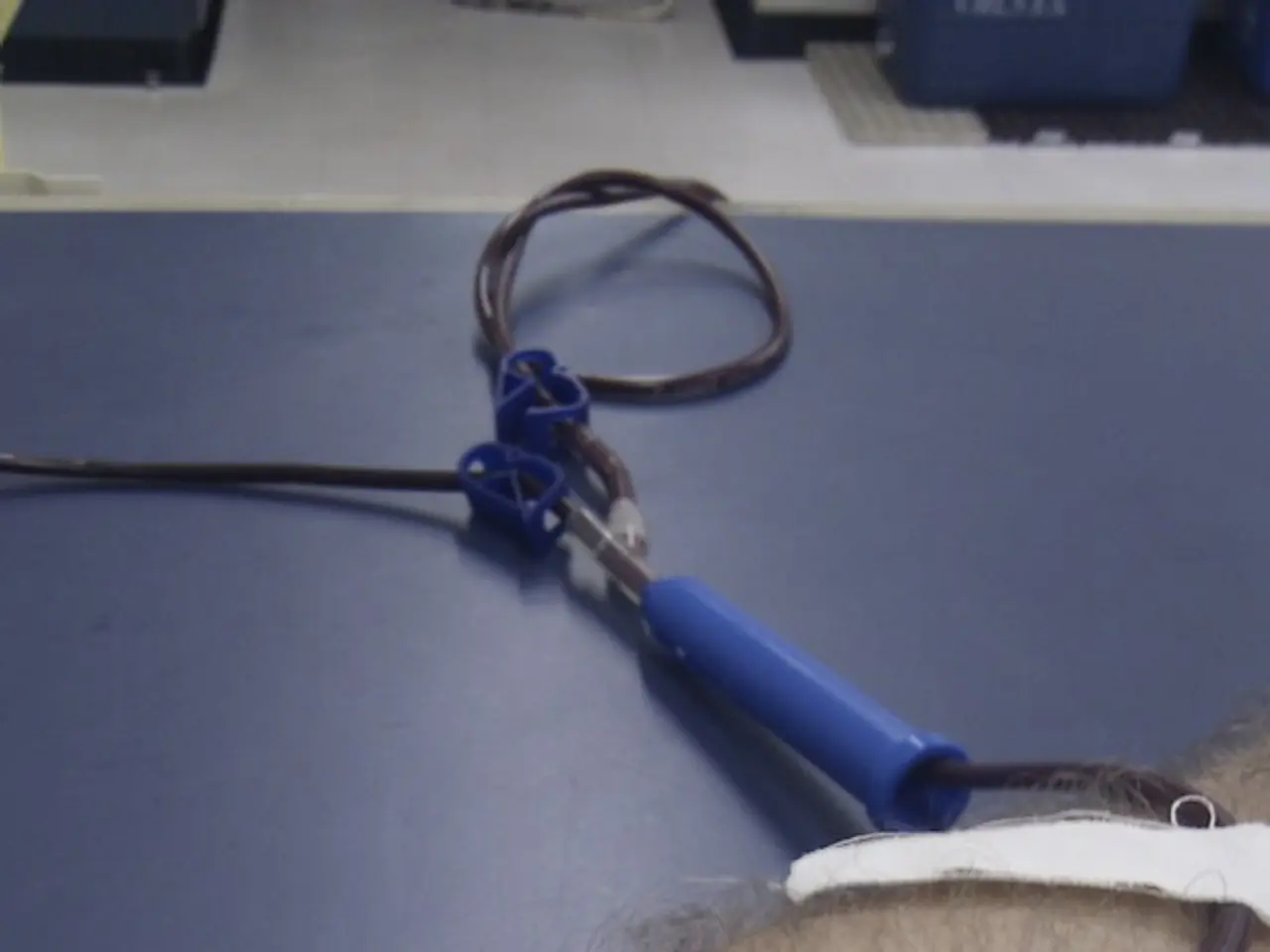Exploring the Roots of Learned Helplessness Theory in the Study of Depression's Psychological Aspects
Understanding Learned Helplessness Theory: A Key to Depression and Its Treatment
Learned helplessness theory, initially stemming from psychology's behavioral approach, has become a cornerstone in unraveling the complexities of depression. This influential concept has transformed our perception and treatment of depressive disorders, offering valuable insights into their underlying mechanisms.
The Behavioral Approach in Psychology Emerges
The behavioral approach, or behaviorism, entered the psychological landscape in the early 20th century as a reaction to the introspective methods of psychoanalysis. Centered on observable behaviors rather than internal mental states, this school of thought highlighted the role of environmental factors in shaping human behavior.
Key principles of behaviorism encompass:
- Learning through association (classical conditioning)
- Reinforcement and punishment (operant conditioning)
- The importance of environmental stimuli in shaping behavior
Behaviorists regard mental health through the lens of learned behaviors and environmental influences. Depression, from this perspective, is seen as a maladaptive behavior acquired through learning processes. By modifying the environment and reinforcing positive behaviors, mental health can be improved.
Three prominent behaviorists who significantly contributed to the field include:
- Ivan Pavlov, known for his work on classical conditioning
- B.F. Skinner, who developed the concept of operant conditioning
- John Watson, who emphasized the role of environmental factors in behavior
The Groundwork for Learned Helplessness Theory
The concept of learned helplessness was born from a series of groundbreaking experiments conducted by psychologists Martin Seligman and Steven Maier in the 1960s. Initially performed on dogs, these experiments aimed to investigate the relationship between learning and behavior in adverse situations. The researchers found that dogs exposed to inescapable electric shocks eventually stopped trying to flee, even when given opportunities to escape, suggesting they had 'learned' to be helpless.
As the theory evolved, it transitioned from animals to human applications, leading to significant advances in our understanding of the psychological mechanisms underlying depressive disorders.
Key Components of Learned Helplessness Theory
- Contingency: An individual's perception of a lack of control over their environment leads to learned helplessness.
- Cognition: Negative thoughts and beliefs play a crucial role in maintaining helplessness.
- Behavior: Learned helplessness manifests as passive behavior and reduced motivation to change, despite the presence of opportunities for improvement.
Attributional reformulation, proposed by Abramson, Seligman, and Teasdale in 1978, further developed the theory by incorporating cognitive factors. This reformulation proposed that an individual's attributions or explanations for negative events significantly determine their vulnerability to learned helplessness and depression.
Several studies support the link between learned helplessness and depression, demonstrating that a history of uncontrollable adverse life events increases the likelihood of developing depressive symptoms. Furthermore, interventions targeting learned helplessness have shown success in reducing depressive symptoms and improving overall mental health outcomes.
Applications and Interventions for Depression
- Cognitive-behavioral therapy (CBT): Identifying and challenging negative thought patterns associated with learned helplessness allows individuals to develop a greater sense of control over their lives.
- Learned optimism: Developed by Martin Seligman, this approach encourages cultivating a more positive attributional style and developing resilience in the face of adversity.
- Behavioral activation: Increasing engagement in rewarding activities helps individuals overcome the passivity associated with learned helplessness.
- Problem-solving therapy: Enhancing problem-solving skills empowers individuals to address challenges more effectively, reducing feelings of helplessness.
Combining insights from learned helplessness theory with other approaches, such as motivational interviewing for depression, may lead to more comprehensive and effective treatment strategies.
In conclusion, learned helplessness theory significantly advances our understanding of depression by elucidating cognitive and behavioral mechanisms that contribute to feelings of powerlessness and hopelessness. By recognizing and overcoming patterns of learned helplessness, we can foster greater resilience and improve overall mental well-being. As research in learned helplessness theory continues to evolve, the insights gained will undoubtedly play a crucial role in shaping future research and clinical practice in mental health care.
References
[1] Seligman, M. E. P. (1972). Learned helplessness. Annual Review of Medicine, 23(1), 407-412.[2] Abramson, L. Y., Seligman, M. E., & Teasdale, J. D. (1978). Learned helplessness in humans: Critique and reformulation. Journal of Abnormal Psychology, 87(1), 49-74.[3] Maier, S. F., & Seligman, M. E. (2016). Learned helplessness at fifty: Insights from neuroscience. Psychological Review, 123(4), 349-367.[4] Peterson, C., Maier, S. F., & Seligman, M. E. P. (1993). Learned helplessness: A theory for the age of personal control. Oxford University Press.[5] Forgeard, M. J., Haigh, E. A., Beck, A. T., Davidson, R. J., Henn, F. A., Maier, S. F., ... & Seligman, M. E. (2011). Beyond depression: Toward a process‐based approach to research, diagnosis, and treatment. Clinical Psychology: Science and Practice, 18(4), 275-299.[6] Seligman, M. E. P. (2011). Learned optimism: How to change your mind and your life. Vintage.[7] Nolen-Hoeksema, S., Girgus, J. S., & Seligman, M. E. (1986). Learned helplessness in children: A longitudinal study of depression, achievement, and explanatory style. Journal of Personality and Social Psychology, 51(2), 435-442.[8] Alloy, L. B., Abramson, L. Y., Metalsky, G. I., & Hartlage, S. (1988). The hopelessness theory of depression: Attributional aspects. British Journal of Clinical Psychology, 27(1), 5-21.
- The concept of learned helplessness, initially stemming from the behavioral approach in psychology, has become a significant cornerstone in our understanding of depressive disorders, offering insight into their psychological mechanisms.
- Key components of learned helplessness theory include contingency, cognition, and behavior, where an individual's perception of a lack of control contributes to learned helplessness, negativity plays a crucial role in maintaining helplessness, and learned helplessness manifests as passive behavior and reduced motivation.
- Applications and interventions for depression, such as cognitive-behavioral therapy, learned optimism, behavioral activation, problem-solving therapy, and motivational interviewing, target learned helplessness by addressing negative thought patterns, promoting optimism, encouraging active participation, and enhancing problem-solving skills to reduce feelings of helplessness and improve mental health outcomes.
- As research in learned helplessness theory continues to evolve, insights gained from this theory will play a crucial role in shaping future research and clinical practice in the field of mental health and wellness.







